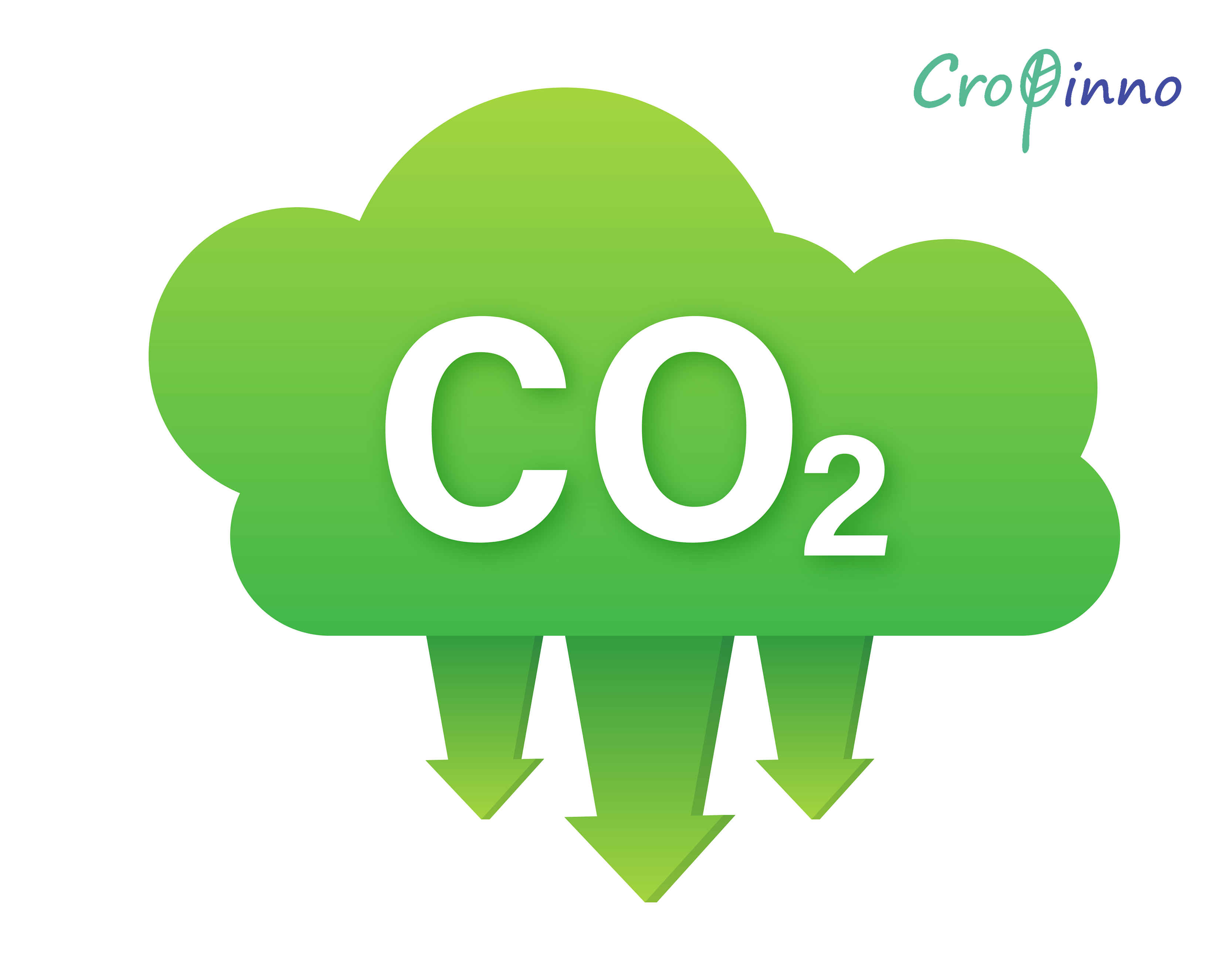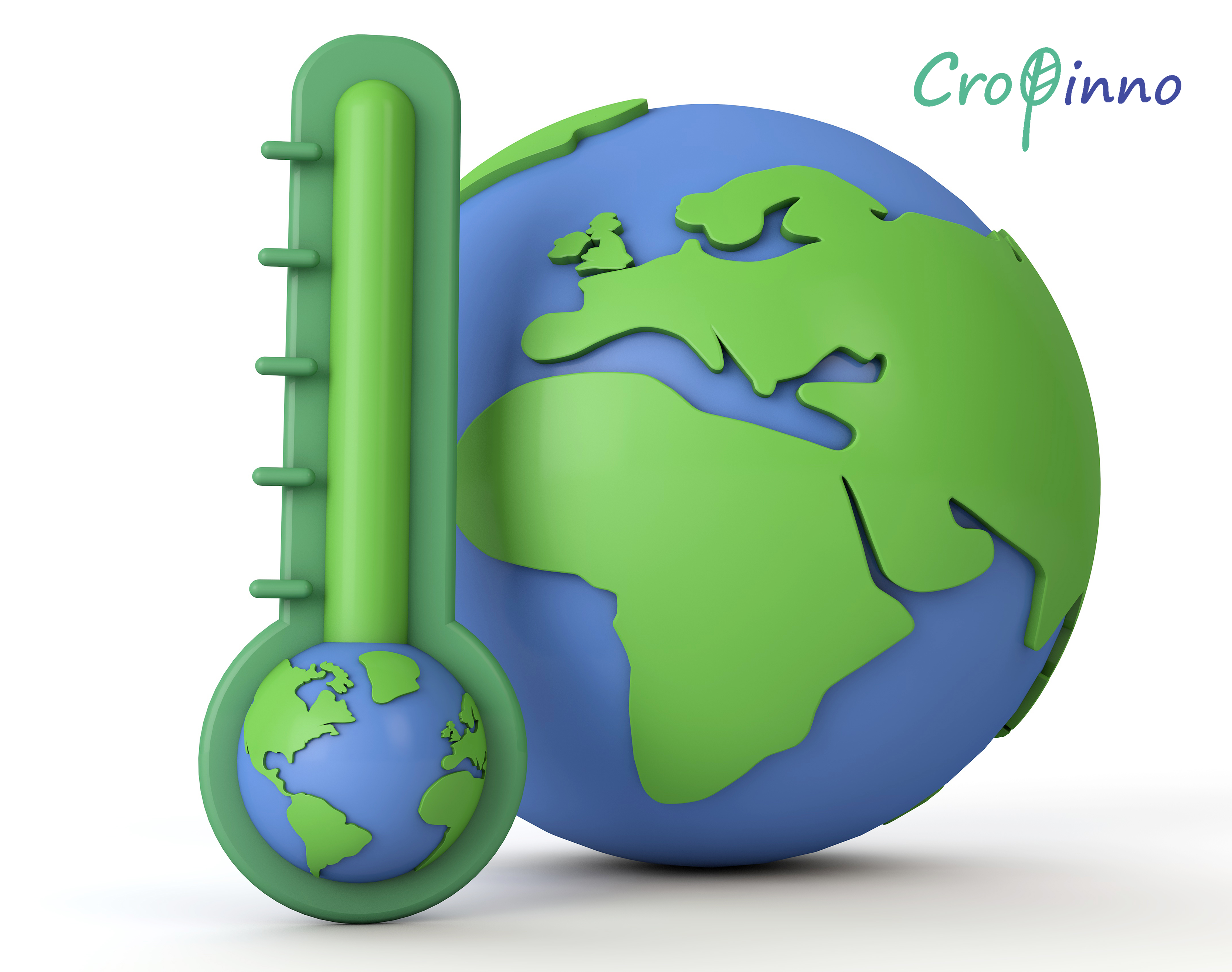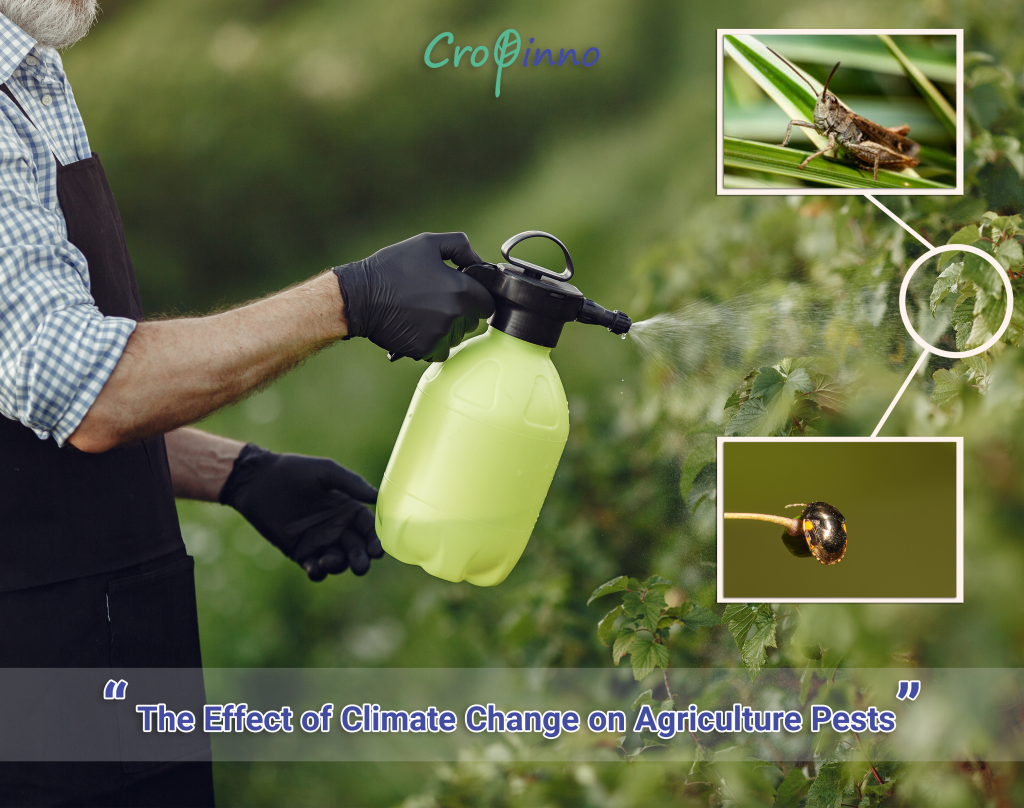What are the consequences of a warmer and wetter world for insects and for what agricultural pests feed on?
A new report released by the Intergovernmental Panel on Climate Change (IPCC) shares the results of the latest research on how the earth is changing by climate change and how the future of the earth would be like if the situation remains as it is. The report shows that there has been a significant increase in carbon dioxide (CO2) levels and temperatures in different parts of the world, and states that the Earth is likely to reach the 1.5C warming limit in the early 2030s. Also, following unexpected temperature levels, significant changes have occurred in the level of precipitation (rain, snow, or hail).
But what do we get if we study insect biochemistry in such climatic conditions and how climatic stressors, such as floods and droughts can affect what insects eat? Such studies can provide valuable information for farmers to combat the growth and spread of farm pests. In this article, we intend to examine the many direct and indirect effects that a warmer and wetter world will have on insects (agricultural pests), on their natural enemies, as well as on the plants (crops).
Increased levels of carbon dioxide
Human activities have caused global levels of carbon dioxide to reach and stay at high levels and that is expected to continue rising. Although increased CO2 does not directly affect agricultural insects and pests, it can alter the nutritional quality and chemical properties of plants, which indirectly affects herbivorous insects.
For example, a recent study shows that increasing CO2 reduces the nutritional quality of plant tissues by reducing the concentration of specific proteins and amino acids in the leaves. Herbivore insects feed more on plants to compensate for this lack of nutrition, therefore the farm is likely to incur heavier costs. Other studies on dung beetles have shown that increasing CO2 levels could also negatively affect the growth of some insect species and reduce their numbers.

Increase in temperature
The IPCC report tells us that global warming of 1.5 and 2 degrees Celsius will continue throughout the 21st century unless somehow CO2 and other greenhouse gas levels significantly drop in the coming decades.
Temperature regulates physiology and metabolism of insects. Rising temperatures increase physiological activity and thus increase the metabolism of most organisms, including insects and agricultural pests. Insects need to eat more to survive, and herbivorous insects are expected to feed more on plants and grow faster in such conditions.
This will increase the population growth rate of some insects and pests. The faster growth of this group of insects will lead to more reproduction, their number will multiply and eventually a lot of damage will occur to agricultural products.
Research lately done has predicted that as the temperature of our planet increases by one degree, crop losses due to pests will increase by 10% to 25%.

Drought and flood
Just as expected, climate change will change precipitation patterns. The IPCC report predicts droughts and floods at high and frequent rates around the world. These environmental stressors will undoubtedly affect plant productivity, plant chemistry, plant defense mechanisms against stress, their nutritional quality, palatability and digestibility.
As a result, insects and agricultural pests eat more plants, and this can lead to further damage to crops.
On the other hand, increasing rainfall rates can provide a good food source for insects and pests by providing fresh vegetation and making the accumulation of pests more possible. For example, as in the case of desert locusts, prolonged rains allow them to eat, multiply, and spread more. The same is true about the fall armyworm; more rains support the growth of their host plants. When food is no longer a problem or limiting factor for pests, their population will constantly increase.

Reducing the effectiveness of natural predators
All insects have natural enemies or predators that help balance the ecosystem. For example, the maize stem borer (an important maize insect pest) has several natural enemies, such as Cotesia flavipes. These predators reduce insect populations and reduce the need to use pesticides to control pests.
Predators too can be affected by climate change in a variety of ways. For example, they can be sensitive to rising temperatures and rainfall, and consequently, their numbers may decrease. The reduction in the population of natural predators can lead to more pests. A study modeling temperature changes on stem borer in East Africa has shown an increase in their numbers and a decrease in the impact of their natural enemies as a result.
In addition, due to climate change, both the crop distribution range and the insect distribution range will change. Insects (pests) try to relocate to new places that lack their natural predators, in search of better living conditions. This causes their population to grow and as a result further damage to the agricultural crop.
More delicious food
Due to global warming and new levels of climate change, extreme weather conditions are likely to happen together at one time.
According to research, plants that are exposed to double stress may be more palatable to insects. This is because when two stressful factors (such as drought and insect herbivory, flood and insect herbivory, or increased carbon dioxide and heat) occur together, their impact on crops can be incremental or synergistic. This will increase crop damage and reduce crop yields.
What is the solution?
Climate change affects crops and related insects and pests. The study of these effects is a complex one, but it is certain that with the advent of climate change, the pest pressure on agricultural farms will increase. Therefore, there is a need for more monitoring, forecasting and modeling in this regard so that we can develop better adaptation strategies. In addition, large countries and institutions must use monitoring, information sharing, and the use of historical data and modeling to predict and prepare for the uncertain future in which agricultural pests are expected to be hungrier, in order to maintain agricultural productivity and have our food security under control.
You can find related content on our Instagram page
Feel free to contact us & ask any questions [here]

